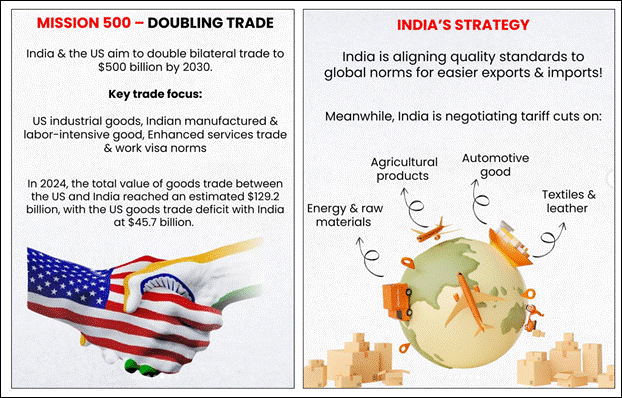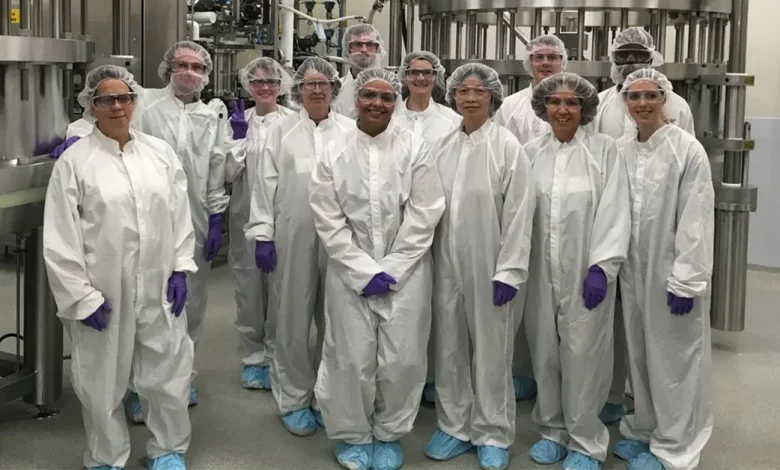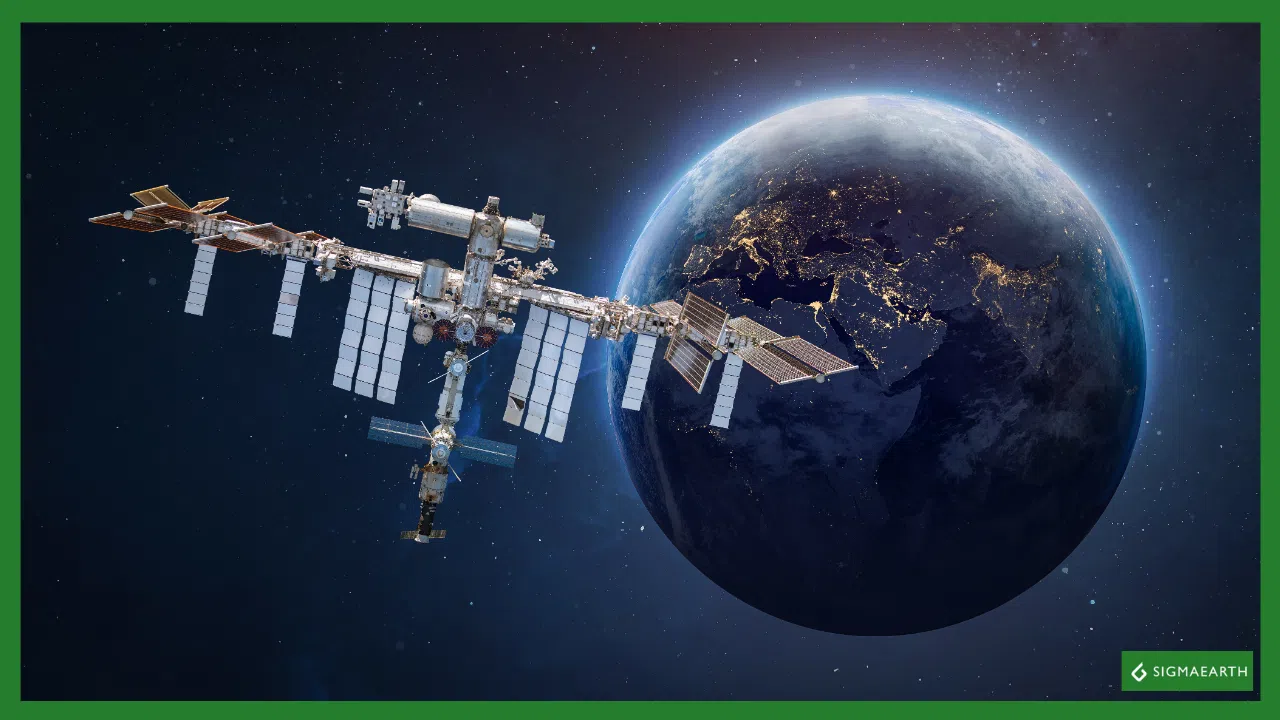- Courses
- GS Full Course 1 Year
- GS Full Course 2 Year
- GS Full Course 3 Year
- GS Full Course Till Selection
- Online Program
- GS Recorded Course
- NCERT (Recorded 500+ Hours)
- Polity Recorded Course
- Geography Recorded Course
- Economy Recorded Course
- AMAC Recorded Course
- Modern India, Post Independence & World History
- Environment Recoded Course
- Governance Recoded Course
- Science & Tech. Recoded Course
- International Relations and Internal Security Recorded Course
- Disaster Management Module Course
- Ethics Recoded Course
- Essay Recoded Course
- Current Affairs Recoded Course
- CSAT
- 5 LAYERED ARJUNA Mentorship
- Public Administration Optional
- ABOUT US
- OUR TOPPERS
- TEST SERIES
- FREE STUDY MATERIAL
- VIDEOS
- CONTACT US
India should lower Tariffs for the Right Reason
India should lower Tariffs for the Right Reason

Significance: GS II; International Relations; India-US Bilateral Ties;
Why in the News?
Recently, US President Donald Trump claimed that India is willing to eliminate all tariffs on American goods as part of ongoing negotiations for a new trade deal. This is significant because India has traditionally had high tariffs, making it hard for US companies to sell their products in India.
What is a Trade Tariff?
A tariff is a tax that one country puts on goods coming in from another country. For example, if India puts a tariff on American cars, those cars become more expensive in India.
|
What was the Background Story?
|
What is the present on-going India-US Tariff Issue?
- India charges Higher Tariffs: On average, India’s import tariffs are about 17%, while the US’s are much lower, around 3.3%. India uses these higher tariffs to protect its local businesses from foreign competition.
-
- US Expectations: The US says its companies have a hard time selling goods in India because of these high taxes. President Trump has called India the “tariff king” and wants “fair” trade, meaning similar tariffs on both sides.
- Reciprocal Tariffs: According to the US, If India taxes our goods a lot, we’ll do the same in exchange. This is called a reciprocal tariff policy
-
- In Fact during April 2025, the US started charging a new 26% tariff on many Indian products, making them more expensive for Americans to buy.
- For some items, the total tariff can go up to 49%. Some things like medicines are not taxed extra, but products like jewelry, textiles, and auto parts are hit hard.
- Indian companies that sell goods to the US now face higher costs, which can make their products less attractive to American buyers. This hurts Indian exporters.
Both countries are trying to work out a deal - ‘MISSION 500’. India has offered to lower tariffs on some US goods, but talks are still happening.

What are the advantages and disadvantages of lowering the Trade Tariffs by India?
- If India lowers the Trade Tariffs, American products could become cheaper in India, but local Indian companies would face more competition.
- However, if India does not lower the Trade Tariffs, Indian exporters may lose business in the US and the prices of some imported goods might go up in both countries.
Way Forward:
- India shouldn’t stress about Trump’s comments on tariffs (taxes on imports). Trade talks between India and the US are still ongoing. India is slowly opening up its market and lowering tariffs, which is good for its own economy.
- India should keep working on making its economy open and competitive, and not get distracted by political comments from other countries.
|
PYQ Relevance Mains: Q. What are the key areas of reform if the WTO has to survive in the present context of ‘Trade War’, especially keeping in mind the interest of India? (UPSC CSE 2018) Q. Indian and USA are two large democracies. Examine the basic tenets on which the two political systems are based. (UPSC CSE 2022) Q. What is the significance of Indo-US defence deals over Indo-Russian defence deals? Discuss with reference to stability in the Indo-Pacific region.(UPSC CSE 2020)
Prelims: Q. Consider the following statement : Statement-I : India does not import apples from the United States of America. Statement-II : In India, the law prohibits the import of Genetically Modified food without the approval of the competent authority. Which one of the following is correct in respect of the above statements? (a) Both Statement I and Statement II are correct and Statement II explains Statement I |
|
Also Read |
|
| FREE NIOS Books | |




